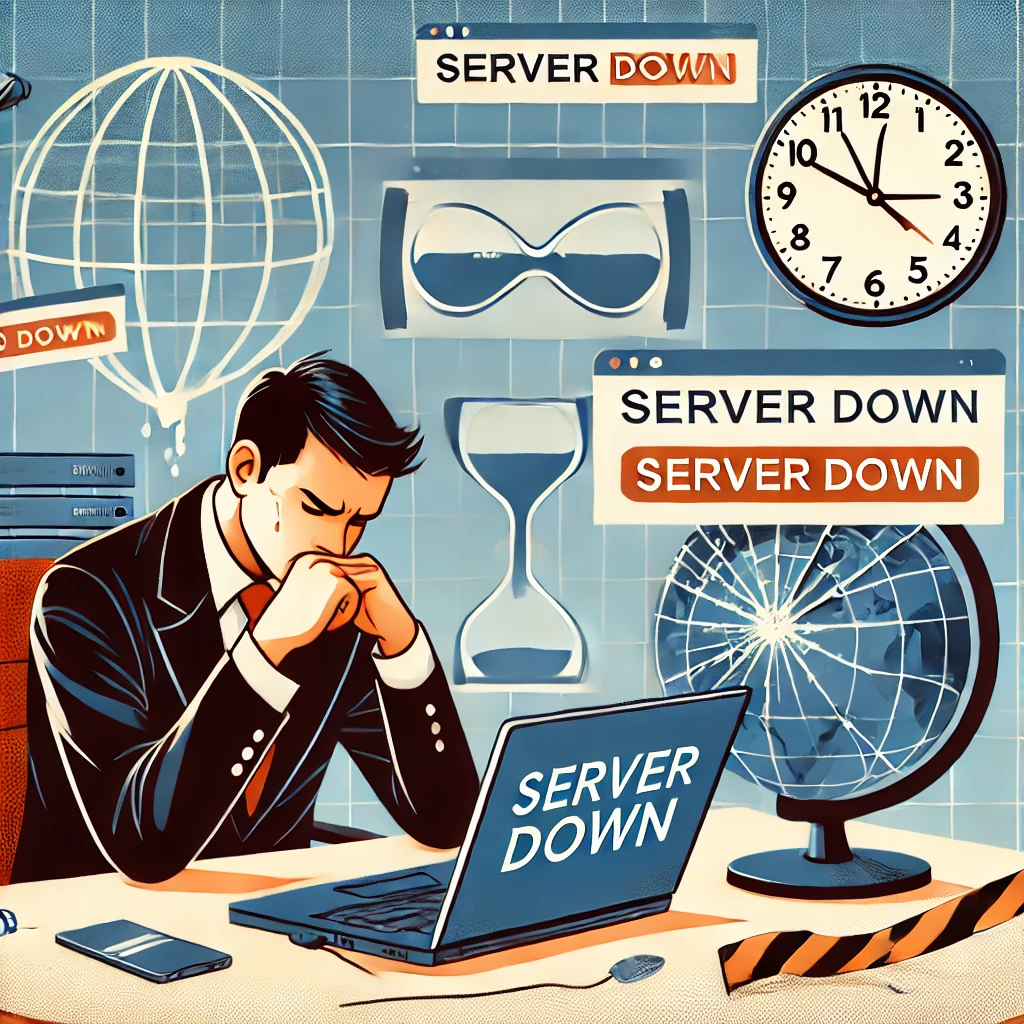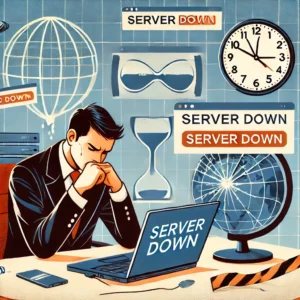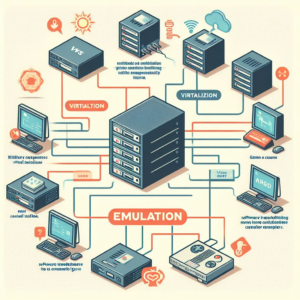Navigating the Digital Realm: When IT Security Isn’t for Everyone

When IT Security Isn't for Everyone
In our increasingly digital world, information technology (IT) tools have become ubiquitous, playing a pivotal role in both our personal and professional lives. These tools have revolutionized the way we communicate, work, and access information, offering countless benefits and conveniences.
However, they also come with their own set of risks, particularly in the realm of IT security. While technology is available for everyone, IT security may not be suitable for everyone. In this article, we will explore the importance of IT security and why, in certain cases, it’s advisable to steer clear of utilizing IT tools.
IT security encompasses a wide range of practices and measures designed to protect digital systems, networks, and data from unauthorized access, cyberattacks, and data breaches. It’s a critical component of our digital landscape, ensuring the confidentiality, integrity, and availability of sensitive information. IT security safeguards not only personal data but also critical infrastructure, government secrets, and business operations. In essence, it’s the shield that guards against the ever-evolving threats lurking in the digital realm.
Why IT Security Isn't for Everyone
While IT security is crucial, it’s not a one-size-fits-all solution. Here are some reasons why it may not be suitable for everyone:
Complexity: IT security can be highly complex, involving intricate systems, protocols, and practices. For individuals or organizations without the necessary expertise, attempting to implement robust security measures can be daunting and error-prone.
Resource Constraints: Effective IT security often requires significant resources, both in terms of finances and personnel. Smaller businesses and individuals may lack the budget and skilled staff to implement comprehensive security measures.
Risk Tolerance: Different individuals and organizations have varying levels of risk tolerance. Some may be willing to accept a certain degree of risk in exchange for convenience, while others prioritize security above all else.
Compliance Requirements: Certain industries and organizations are subject to strict regulatory requirements regarding IT security. Failing to meet these requirements can lead to severe legal and financial consequences.
Awareness and Education: Many individuals may not fully grasp the potential risks and consequences of inadequate IT security. They may underestimate the importance of safeguarding their digital assets.
When to Steer Clear of Utilizing IT Tools
Given the complexities and nuances of IT security, there are situations where it may be advisable to steer clear of utilizing certain IT tools:
Lack of Expertise: If you or your organization lacks the expertise to implement and maintain robust IT security measures, it may be best to avoid using complex IT tools that could expose you to vulnerabilities.
Insufficient Resources: When resources are limited, it’s essential to prioritize IT security investments wisely. Consider simpler, more secure alternatives or outsourcing security to experts.
High-Risk Tolerance: Some individuals and organizations are comfortable taking on more significant security risks for the sake of convenience. However, it’s crucial to weigh the potential consequences carefully.
Non-Compliance: In regulated industries, compliance is non-negotiable. If you cannot meet the required security standards, it’s better to avoid using IT tools that could lead to compliance violations.
Education and Awareness: Invest in educating yourself and your team about IT security best practices. Ignorance should not be an excuse for neglecting security.
In conclusion, IT security is undeniably vital in our digital age, but it’s not always suitable for everyone. Recognizing your own limitations and the specific needs of your organization is key to making informed decisions regarding the use of IT tools. In some cases, it may be more prudent to opt for simpler, more secure alternatives or seek expert assistance. Ultimately, while technology opens up a world of possibilities, it also demands a responsible approach to ensure that its benefits are reaped without falling victim to its pitfalls.













Post Comment